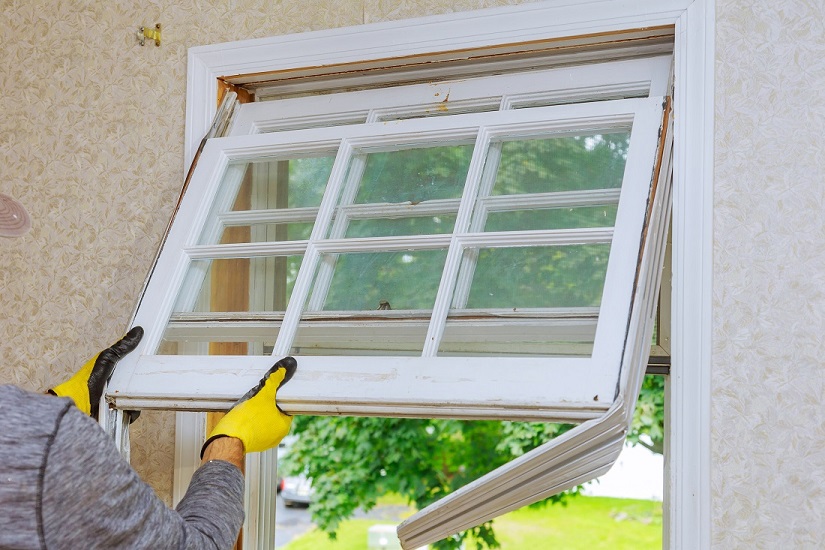The technology of windows has improved greatly in recent years. As a result, we have reaped the benefits of lower energy bills. Listed below are some important energy features that have occurred for replacement windows:
Multiple layers of glazing
Manufacturers in the 1980s improved energy performance of windows by adding additional layers of glazing. Some of window used only glass as an insulation. Others used a thin film of plastic. Double-glazing works twice as well as single glazing and adding a third or fourth layer of glazing we see even more improvement.
Thickness of air space
Double-glazed windows have air space between the two panes this air space provides the insulation. However, if the space is increased over 1, you do not increase you energy efficiency. Manufacturers in the 1970s increased the thickness from ¼” to ½” of the air space in double-glazed windows or more. If the air space is too wide, however, condensation, the process a gas or vapor turns into liquid, forms between the layers of glass.
Low-conductivity gas fill
To reduce heat even more, the air sealed between the insulated glass windows was replaced with low conductive and dense gas, such as argon (Ar), carbon dioxide (CO2), sulfur hexafluoride (SF6), krypton (Kr), and argon-krypton mixtures. The major manufacturers offer argon gas-fill as an option.
Tinted glass coatings
To reduce heat gain, tinted films were applied to european window in commercial and some residential buildings. Not only did the film reduce heat, it also restricted visibility. Over time, some films bubbled and peeled from the glass. Today, improved lighter tinting lessens solar heat gain without limiting visibility and does not bubble and peel away from the window.
Low-e Coatings
In the 1980s low-emissivity (Low-E) coatings technology was developed. A thin, coatings of silver or tin oxide is placed on the window. This thin transparent coating does not restrict visibility or light from passing through the window. Low-e coating reduce heat lose through the windows by reflecting the solar heat back into the room.
An assortment of low-e windows exists for various climates and different functions in any specific place. Northern climates require low-e windows that have high solar gain coefficients. What does that mean? Solar gain coefficient is the rate of heat loss in BTU (British Thermal Unit) per hour through a square foot of surface when the difference between indoor and outdoor air temperatures is one degree oF. Southern climates where cooling is important require low-e windows with low heat gain coefficients.
Because not all sides of your home face the same direction, it is desirable to choose windows with different low-e glazings for your home. Builders and Contractors can get a better price for a batch of windows that are the same type, because of this; it may be complicated to find a contractor or builder who is willing to customizing your window installation. From an energy perspective, it would be best that you consider this option. Example: The southern exposure of your home should have low-e glass with a high solar heat gain coefficient installed. The side of your home with a northern exposure should have the lowest U-value windows installed, the east, and west windows can be of the same U-vale as your northern windows.
Most window companies manufacture low-e products for both the northern and southern climates. Some manufacturers offer one form of low-e glazing. This is their standard window. If you want or need a different low-e glazing, you will be charged extra, providing that they offer this option. Therefore, before you make a chose a particular company, shop around. The Internet is a wonderful place to do this. Here, you can research different window manufactures, compare their products and make an educated decision. On most manufactures websites, they also offer a list of qualified/ certified installers and suppliers. When you do purchase multiple windows with different glazing’s, make a chart or list of which windows go where.
